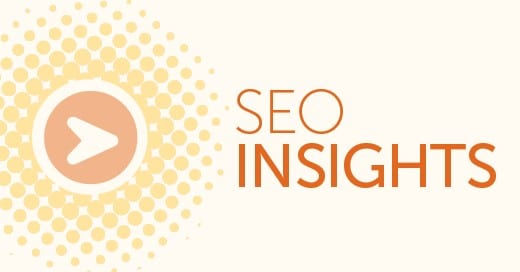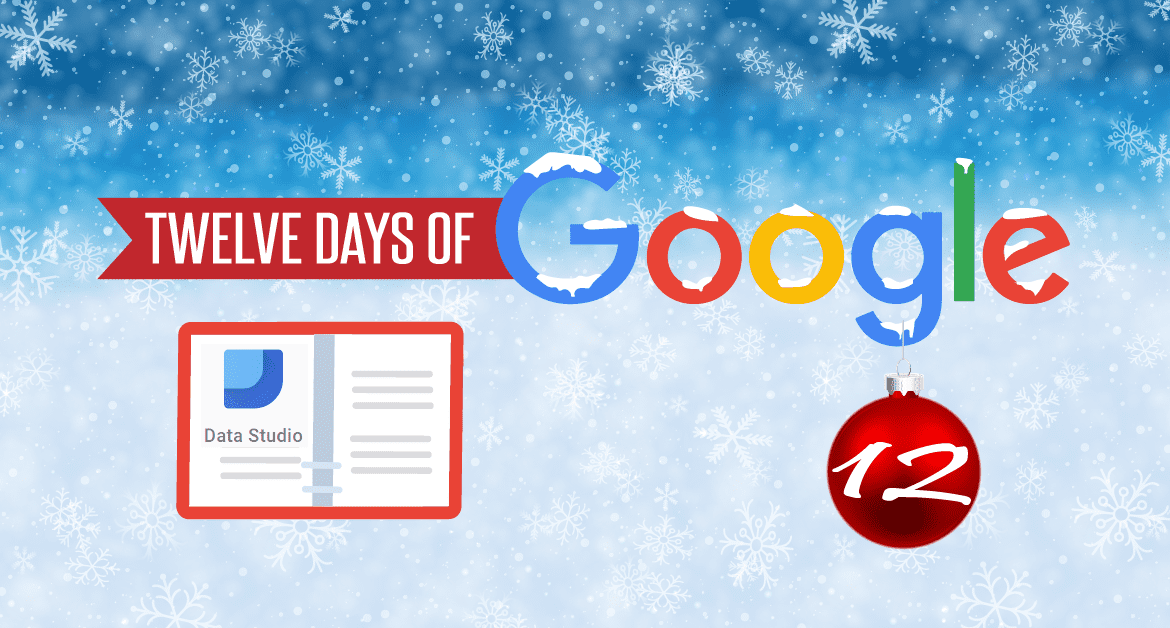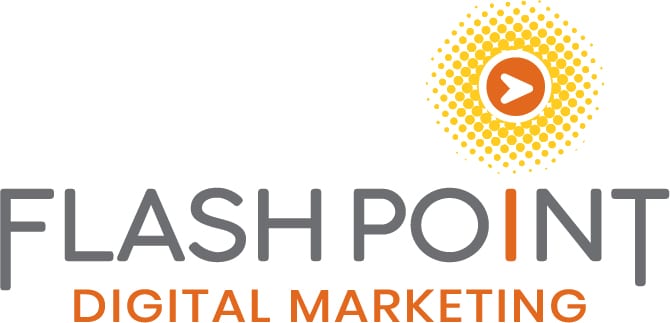Posts In Category "Search Engine Optimization"

How to Evaluate Your SEO Agency
During a recent presentation I gave at the Association for Accounting Marketing (AAM) Minnesota chapter, I was asked a very interesting question that I am sure others have considered. The question was “How do I evaluate my SEO provider?” This is a great question because in the world of SEO, things are always changing, and it can be difficult to know what real value an agency is providing to the firm.
Read More →
Making Your Plans for 2018
Most of you reading this blog post are hopefully at the end of the budgeting process and are ready to implement your plans for 2018. For those who are stuck in the budget approval mode I empathize with your situation. Waiting to learn what projects are approved and not approved through budgeting can be tedious. Whatever your situation, it’s important to ensure you can make progress towards each strategic goal(s) you have outlined. Engaging and cultivating your audience(s) is essential to success in the marketing world – whether traditional or digital.
Read More →
12 Days of Google – Day 12: Keyword Cannibalization
This is the excessive use of the same keyword on multiple pages across the website. Not only is this outdated thinking but when implemented generously it becomes annoying to the reader to see the term or terms so often. This practices often confuses search engines and they are unable to determine the most relevant term to the content.
Read More →
12 Days of Google – Day 11: Google Juice
Google Juice – This is jargon which refers to the amount of trust, authority of pagerank that flows throughout outgoing links to other web pages. The more Google Juice a website has the better.
Read More →
12 Days of Google – Day 10: Bounce Rate
Bounce Rate – This information is available in your Google analytics account and measures total site engagement. The bounce rate is the percentage of users who enter a site and then leave it without viewing any other pages. When the bounce rate is too high it means that your website is not engaging site visitors.
Read More →
12 Days of Google – Day 9: Sitemaps
A sitemap is a page which provides a link to every user accessible page on a website (except gated content). The purpose of this page is to make it easier for users to find desired content and clarify the information architecture. There is also a XML version of the sitemap which is meant primarily for Googlebot (and others to crawl) to gain information on site layout and when new content is added
Read More →
New Google SEO Starter Guide Published
Last week Google announced that it has published a new version of the dated search engine optimization (SEO) starter guide. The guide is a “must have” tool for any accountant or accounting marketer looking for best practices on steps they can take to position their website with Google. While some of the information is technical in nature it does provide a baseline of information to get interested parties started. The guide replaces the prior version and renders the Webmaster Academy obsolete because it covers essential information that was previously available in the two locations.
Read More →
12 Days of Google – Day 7: Page Rank
Page Rank is a measure of a website’s trust and popularity and is based on the Google algorithm. It is typically noted as a value between 0 and 1. The closer to 1 the value, the higher the page rank and increased position in the Search Engine Results Page (SERP).
Read More →
12 Days of Google – Day 6: Long Tail Keywords
These are keyword terms which are generally longer and more specific designed to attract users searching on a specific question, issue or challenge. Long tail keywords are generally used in a more advanced SEO keyword planning and ranking program. For a example, a user may search for Denver CPA which is broad while Denver CPA business valuation experience would be a long tail search. Most are surprised to learn that long tail searches are more popular and with the emergence of voice it will continue to grow in popularity.
Read More →
